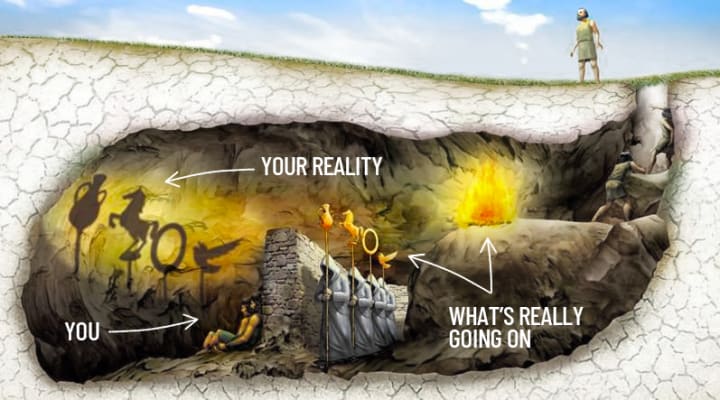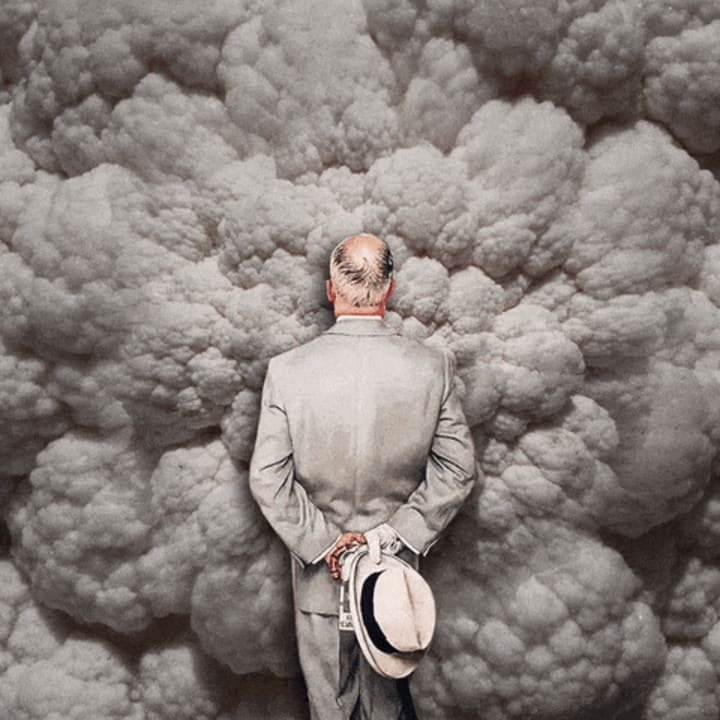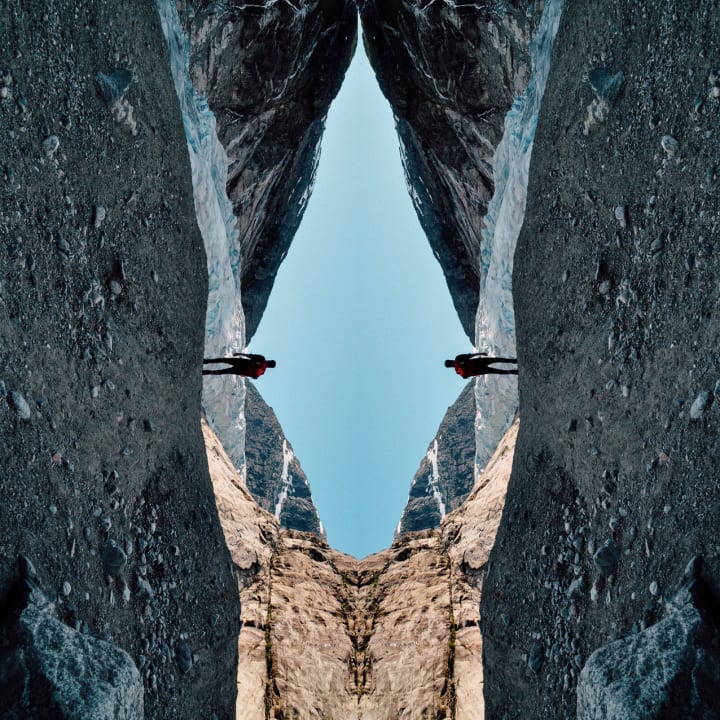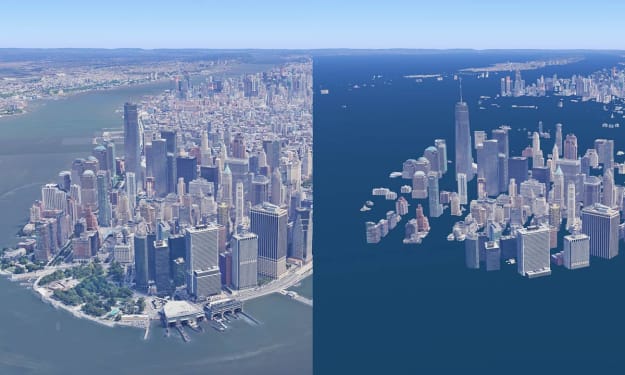What If the World is Only Your Illusion?
Are we real, living, breathing, perceiving human beings, or just batteries for a nefarious computer system?

What is true reality if the consumption of certain combinations of plant and synthetic chemicals, or even chemical imbalances in our brains, can make us see things that don’t actually exist?
We believe, in our core, that the world outside us exists, that the things with which we interact are tangible, or able to be taken in through our senses; we are taught that the world we see and taste and smell and hear is REAL. But what if it’s just an illusion?
Go back to the philosopher Plato’s challenge of envisioning people in a cave, chained to a wall. Their only world is what is projected onto the cave in front of them, illuminated by the light coming from behind the wall. That is their reality: the cave and the things they see in front of them. There is no outside world for them. But their reality, to those who make the shadows the prisoners see, is just tricks of light and sound.

There are also tenets of philosophy and spirituality that want people to believe that the world before us is nothing without the spirit, that this world is lesser and only through waking up the spirit are we truly alive. This is tied, in part, to the Hindu concept of Maya, which is often translated as illusion but really means more like deception.
If we perceive ourselves as separate and disconnected to the world in which we live, we’re deceived into caring about others who live in this same world and treat our existence as frivolous. Instead, the spiritual concept of awakening urges people to see the world for what is present in a physical and spiritual sense, allowing for a deeper and more nuanced idea of reality.
On a scientific level, this seems like a question to be laughed off — of course the world we see and interact with is real! Things are things, facts are facts, matter is matter; there is one truth and reality is included in it.
Except maybe not?

In 1961, Eugene Wigner, a Nobel Prize-winning physicist, developed a theoretical thought experiment to show how there can be two confirmed truths to a situation, even though the two are in direct opposition to each other. Put another way, two people looking at the same things can see totally different things and both be right in their perception of reality.
With that was born the concept of ‘Wigner’s friend’. It centers around a solitary polarized photon possessing either a horizontal or vertical polarization when it is measured. The laws of quantum mechanics come into play here along with the idea of the photon being in what is known as a superposition: Prior to being measured, theoretically, this photon exists in both polarization states at the same time — this is called a superposition.

Wigner’s friend could be measuring the state of the photon all while Wigner kept a close eye on everything from a distance. The results of this photon measurement would be stored under lock and key and known only to his friend, and from that Wigner would be presented with only one logical outcome since he has no hands-on information of that measurement: The photon and the measurement of it his friend took are in a superposition of any and all outcomes of this particular experiment. Wigner perceives the superposition as fact, but the reality for Wigner’s friend is different since he has the actual measurement in front of him.
At this stage, Wigner himself can perform what scientists call an ‘interference experiment’ to verify the superposition being there or not. This means the same experiment can be observed by two people, both perceiving different outcomes that are at odds with the other’s findings despite logic backing up what they themselves have observed.
This was a fun brain teaser for scientists in particular because their world and profession is dependent on established facts...
...but if two facts can be in opposition but also both true, how can anything be proven?
The question lingered as a nice little debate prompt until 2018, when a team at Heriot-Watt University in Edinburgh created an experiment that established the validity of Wigner’s proposal. They came to the conclusion that he was right, that two things standing in opposition to each other, each one perceived as reality and truth, can both be accurate and correct.
It took the Heriot-Watt team a few more steps and some high-tech gear, though — they used six entangled photons to create alternate realities representing Wigner and his friend. Wigner’s friend would still take his measurements on the polarization of a photon and record them as usual. Wigner would carry out his interference measurement to confirm if Wigner’s measurement and the photon are in a superposition.

What the Heriot-Watt team found was both of these realities can be occurring simultaneously, but with those findings come some concepts which make physicists a little nervous around the rules that have been established in the quantum realm. The main one being that objective reality might not exist. With that, we face the possibility that the reality around us is, how should say this, wrong.
The question of what makes up reality and whether it should be believed or trusted is an ancient one. Before atoms were found under powerful microscopes, they were believed to be figments of someone’s imagination. Things unable to be observed by our naturally provided senses weren’t to be trusted, but then humans not only found and observed but split the atom, finding even smaller particles.

Maybe the truth, as all these philosophical and scientific ideas suggest, is in the middle. There’s the universe we see and interact with that is real, from the ground under our feet to the fragrances of life around us, while there’s also the reality and truth we create and choose to believe in that others shrug off.
Maybe the world and its reality, like beauty, is in the eye of the beholder, making the world just a little more complicated but also a little more interesting.
Watch: Wigner's Friend Paradox explained:
Further reading and references
- "The World Is An Illusion: 8 Mind-Blowing Theories". 2020. Medium. Accessed September 28 2020.
- "A Quantum Experiment Suggests There’S No Such Thing As Objective Reality". 2020. MIT Technology Review. Accessed September 28 2020.
- Simanek, Donald. 2020. "Is The Real World Really Real?". Lockhaven.Edu. Accessed September 28 2020.







Comments
There are no comments for this story
Be the first to respond and start the conversation.